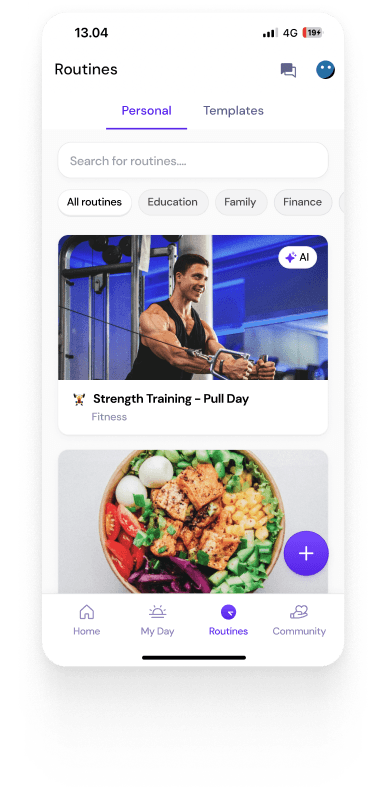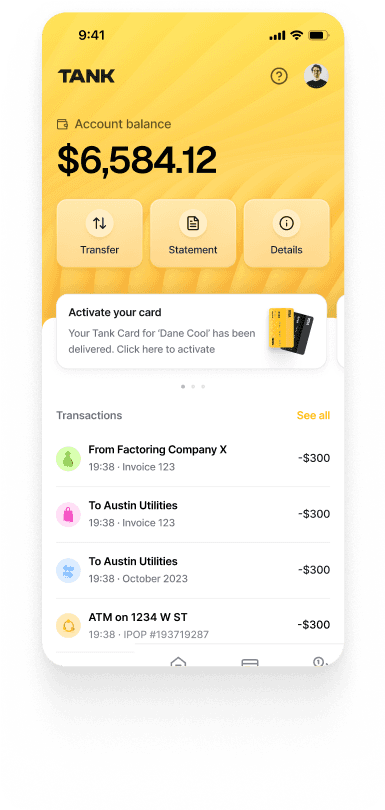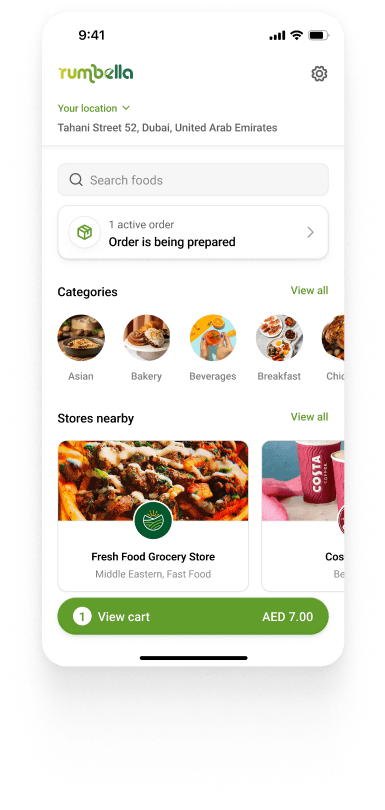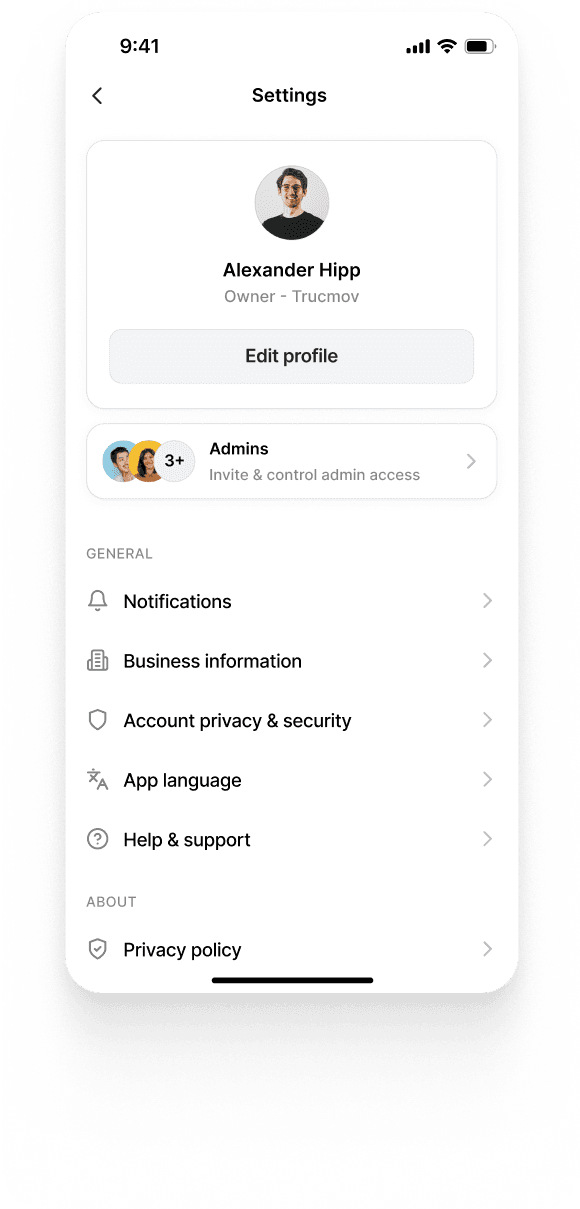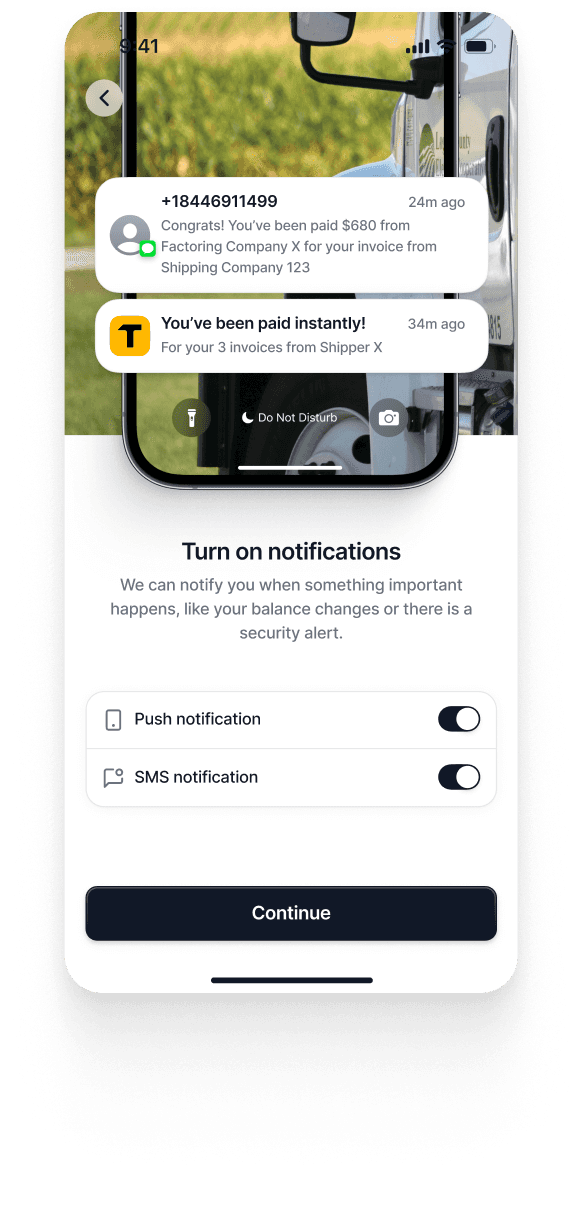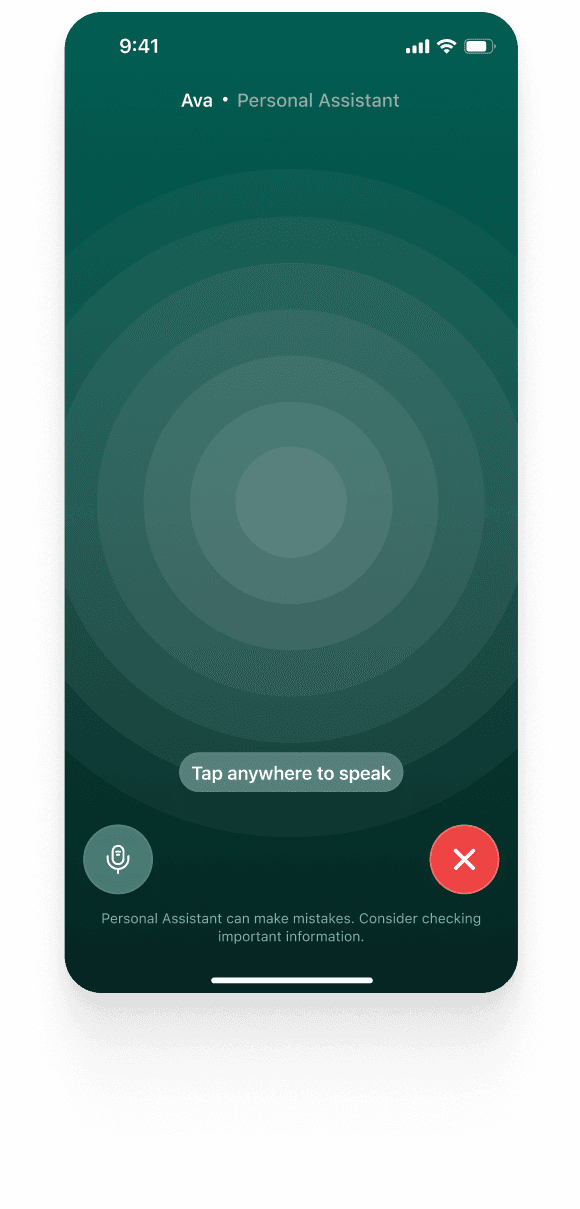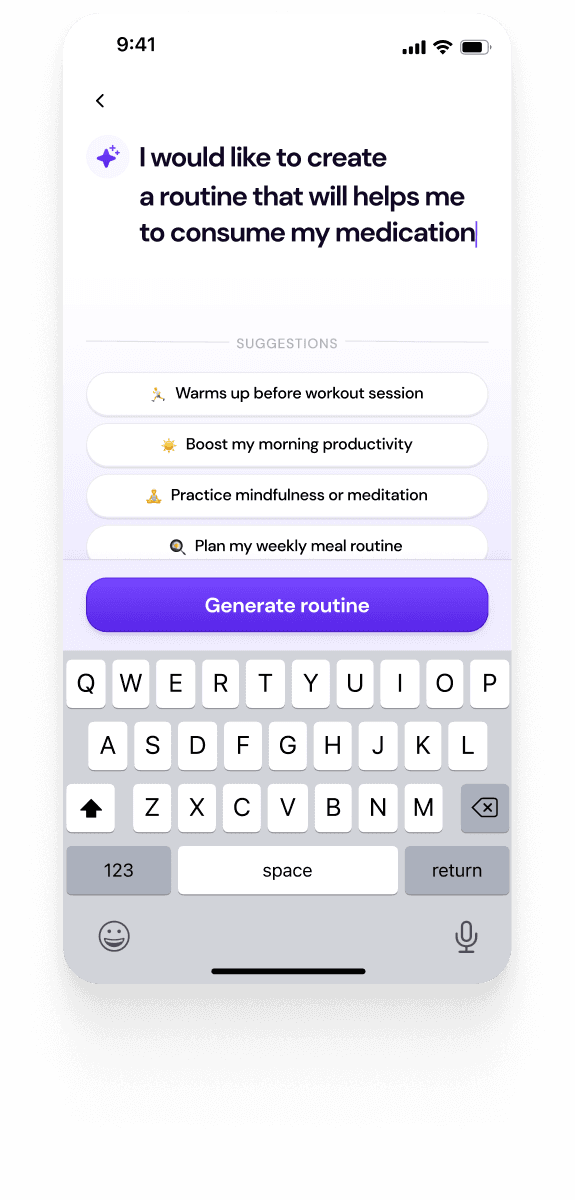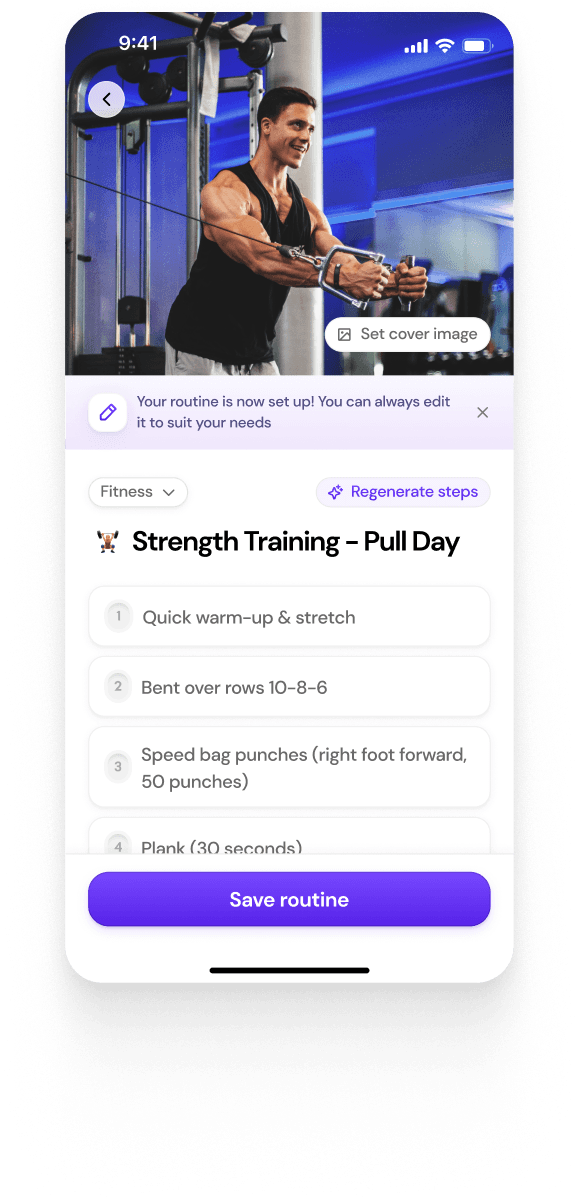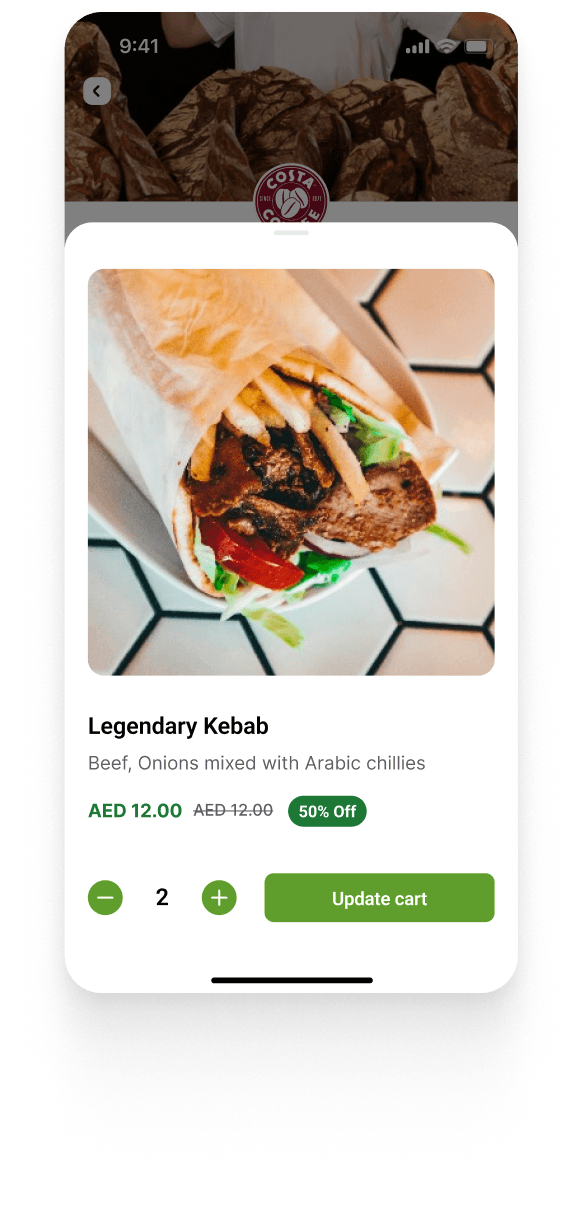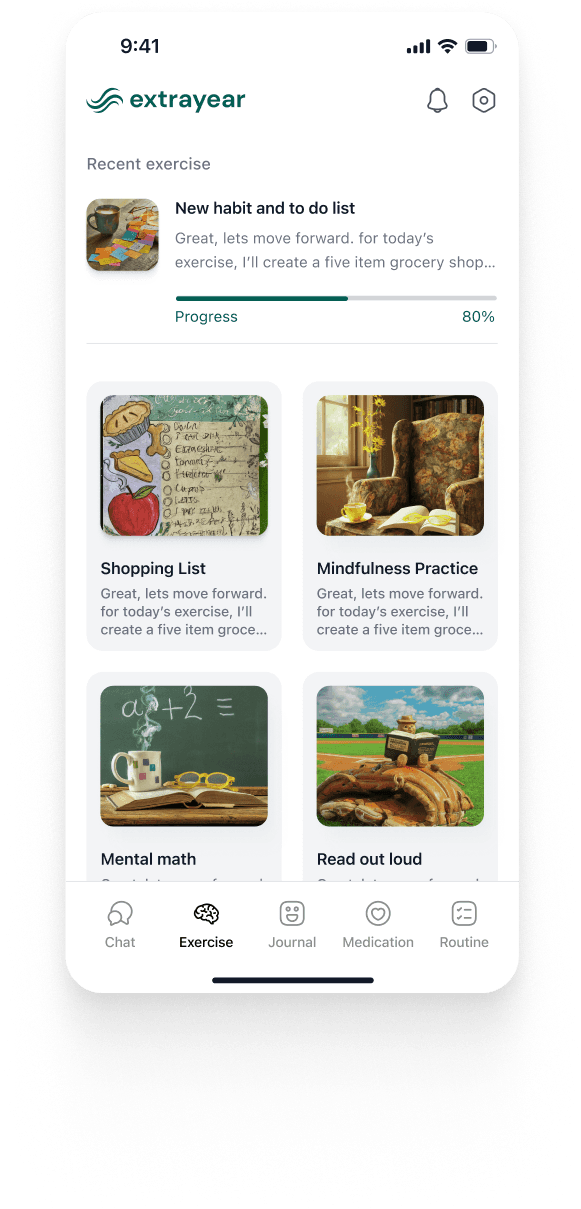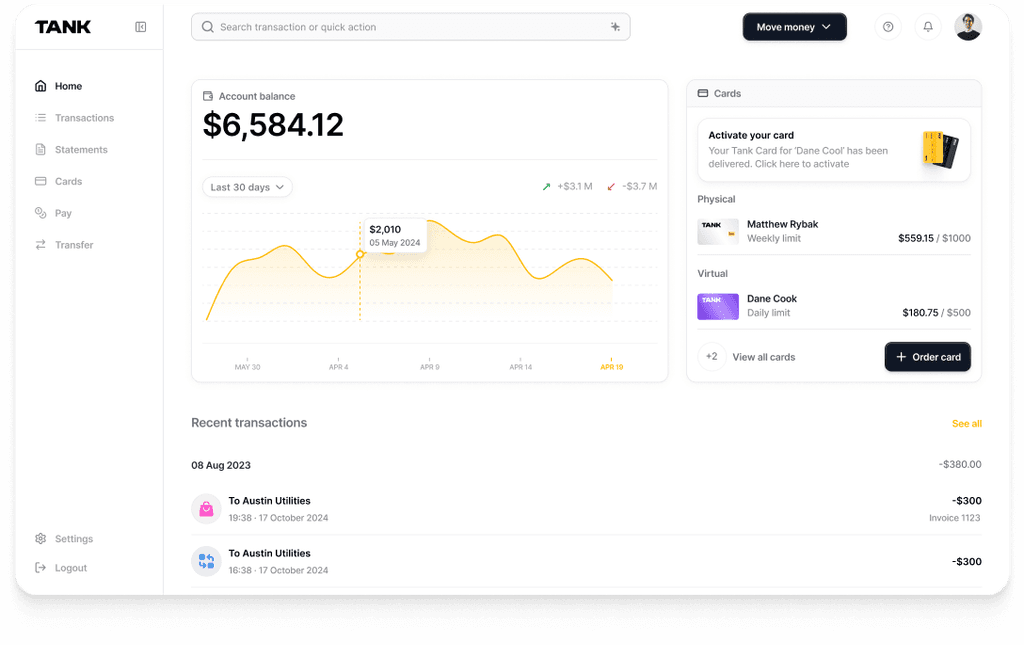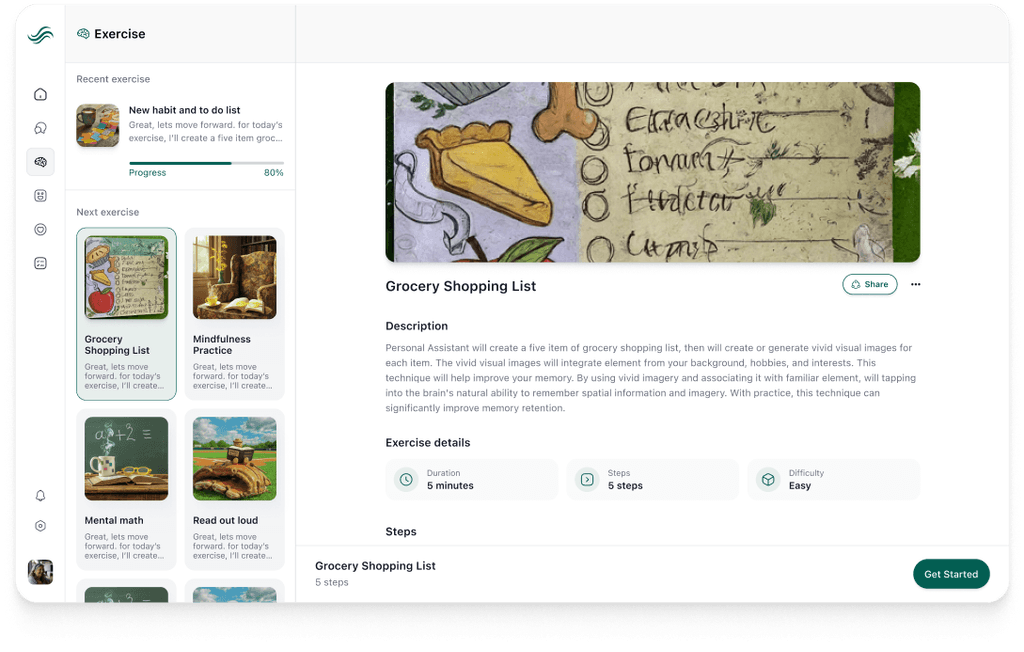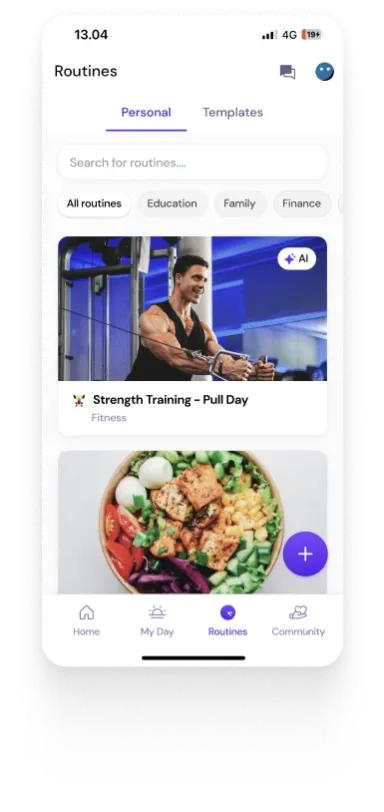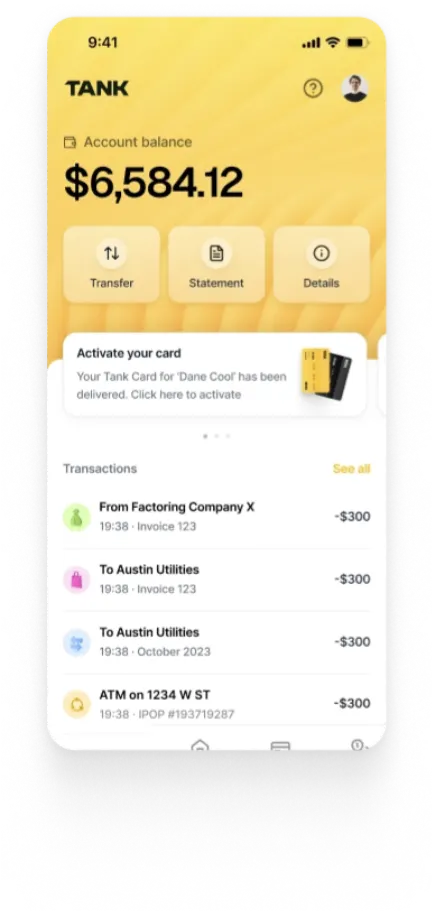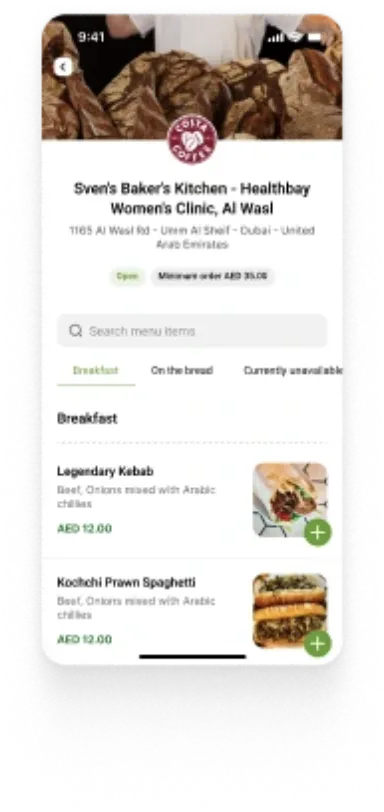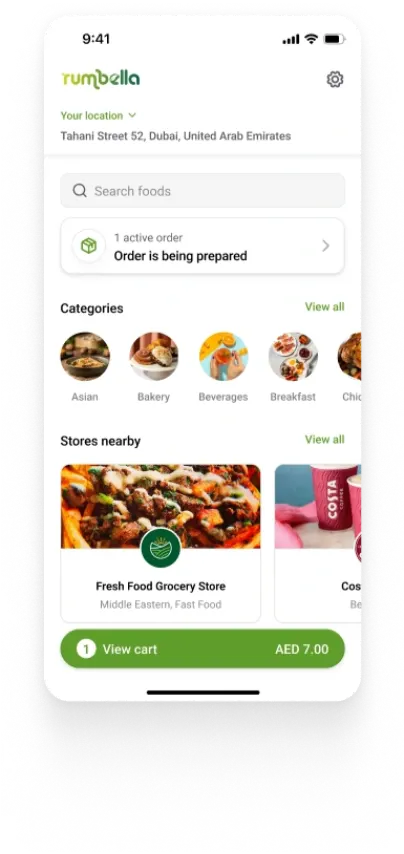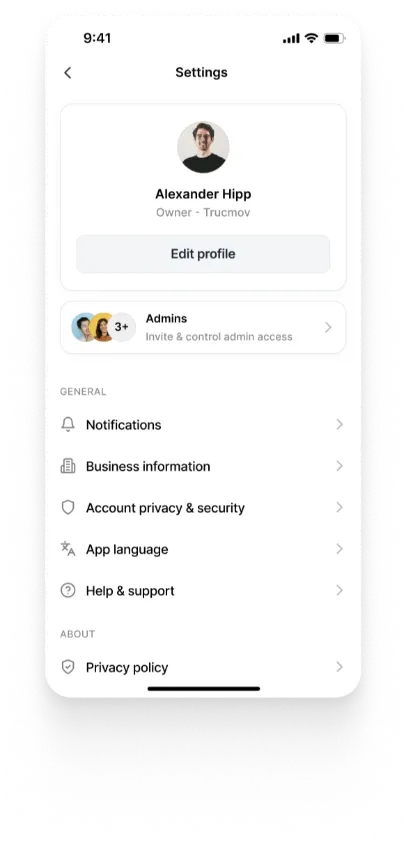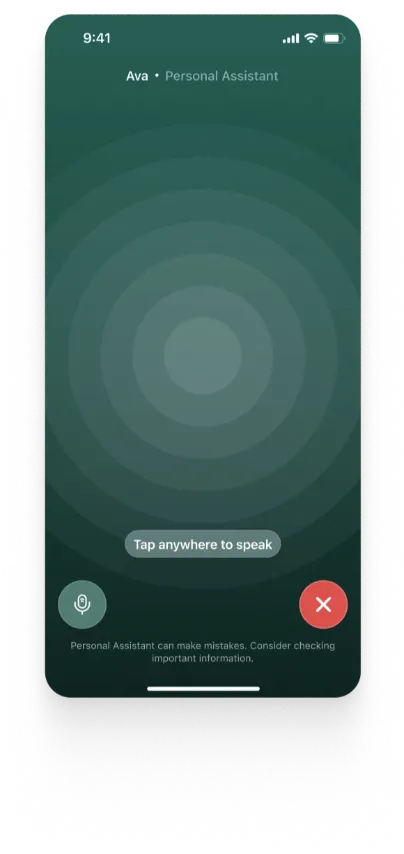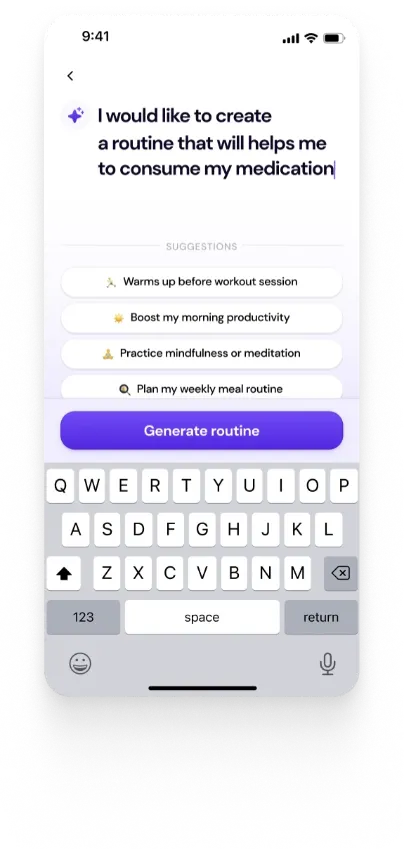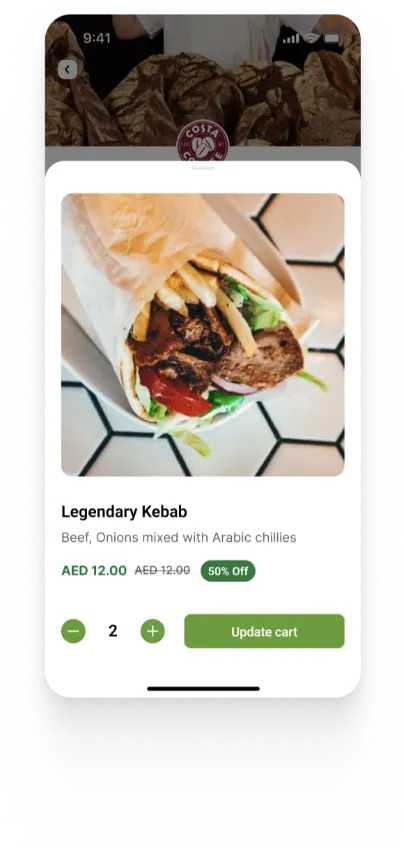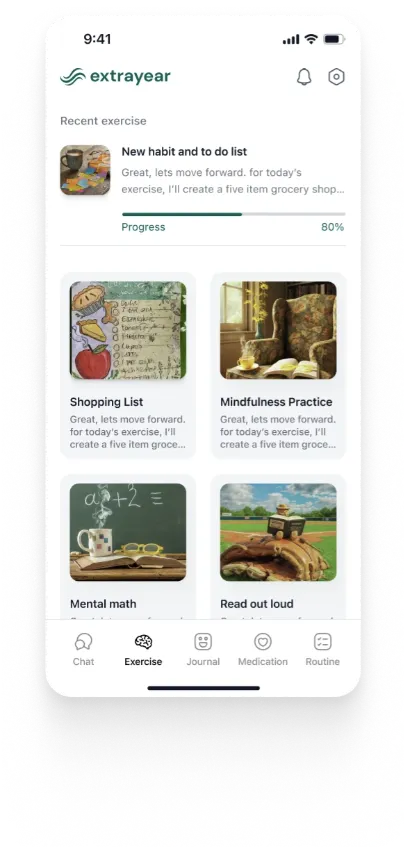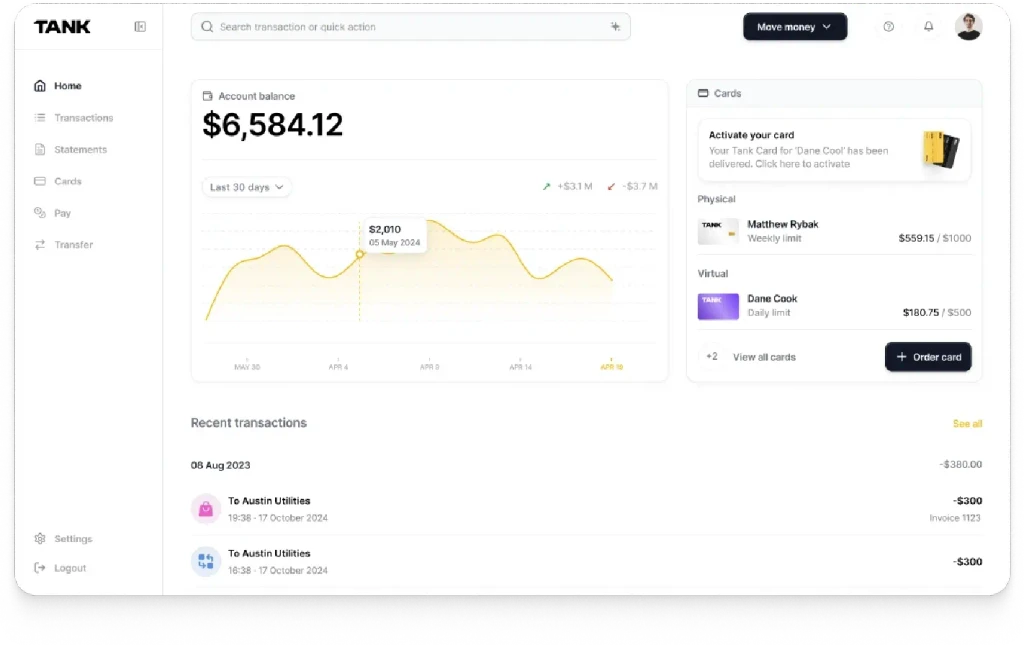Learn Backend with Dart Frog
Summary
Dart Frog is a backend framework that enhances Dart and Flutter development by providing efficient tools for building backends. Our partnership with SideGuide led to a comprehensive course covering everything from backend basics to deployment. Ideal for both novice and experienced developers, the course launched on July 5th, offers practical coding experience integrated with Visual Studio Code.
Key insights:
Dart Frog Overview: Dart Frog simplifies backend development with a minimal public API, optimized for data aggregation and multiple source utilization.
SideGuide Partnership: Our expertise in Dart led to a partnership with SideGuide to develop a comprehensive backend course using Dart Frog.
Course Content: The course includes 11 chapters covering backend basics, Dart refresher, routing, middleware, authentication, error handling, database integration, testing, and deployment.
Target Audience: The course is designed for Flutter developers, backend enthusiasts, and even beginners with basic programming knowledge.
Interactive Learning: The course is integrated with Visual Studio Code, providing real-time coding and practical application building.
Overview
Just to give you a brief background, in May 2022, we wrote an article about Dart Frog, a framework that allows developers to successfully build backends using Dart language.
Dart Frog would enable Dart and Flutter developers to utilize a combined set of tools that would let them share tools and models. It also entails a simple core and a minimal Public API in order to reduce complexities, ramp-up, and user-load time. Dart Frog aims to optimize the backend development approach by having backends that aggregate and utilize data from multiple sources.
The article garnered praise from the developer community, which was eager to learn new avenues to modify backend development. Seeing our expertise and grip on Dart, SideGuide decided to build a course around Dart Frog and approached us to partner in developing the course.
What is SideGuide?
An initiative of FlutterBrick’s creators, SideGuide is an advanced course platform that features expertly curated courses designed for code enthusiasts. SideGuide excels in its field by being the first-course platform built inside a code editor called VS Code. So not only do you get to learn to code, but you’re also able to build real applications in a real environment.
Getting Started with SideGuide
In order to begin your coding journey with SideGuide, you have to install SideGuide’s coding editor. It is completely free to install. You have to follow the below steps:
Follow this link to install Visual Studio if you already haven’t
Now that you have installed Visual Studio, you are all set to install the SideGuide code editor by following the link
With the installation complete, you can begin using SideGuide, built inside VS editor.
Our Role
We worked on curating the course contents in a manner that is convenient for the user to go through. Our dedicated team of developers and writers undertook this challenge well and was able to achieve the following objectives:
We Crafted 11 topics with detailed content that covered all the essentials of backend with Dart. In order to assist the user in real programming, we added Virtual Studio code snippets that the user would follow while undertaking the course. Moreover, testing for errors is an important task that developers have to complete.
We have added detailed instructions for automated testing of server routes alongside the app’s deployment using Heroku. All these instructions would assist the user in building a real working application. We also added Visual diagrams and models to illustrate the course contents better.
What is in the course?
The Dart Backend Course was launched on 5th July and is live now. Go check it out if you still haven't!
It is a comprehensive course, covering all areas from the introduction of backend to the application’s deployment, with 11 chapters divided into 50 sections.

The chapters being covered in SideGuide’s course include:
1. Introduction
This is the course’s first chapter and will you through the course’s outline and the objectives you will achieve by using Dart
2. Basics of Backend
Backend is that part of the platform that the user can not see. This section highlights the working of backend and its components including Request and Response.
3. Dart Refresher
Before moving to the Dart Frog section, it is important to have a grasp on Dart. Chapter 3 focuses on Dart’s core concepts and with the help of code snippets, you will be able to create new files, declare variables and data types, etc. in Dart
4. Introduction to Dart Frog
This section introduces the Dart Frog framework, its list of features, and its significance. Moreover, we’ve added detailed instructions for installing Dart, Dart Frog, and Running a project in Dart Frog
5. Routing
Routes are an essential part of server-side development. You will get to learn about server routing and how to utilize it in your application.
6. Creating Endpoints
Create endpoints with Dart frog to handle requests. You will learn to connect web or mobile applications to databases and servers via REST API. Build a secure and reliable REST API that includes authentication, logging, and caching.
7. Middleware & Authentication
Chapter 7 will focus on middleware and how to authenticate users on the server. You will learn to handle seamless user authentication with advanced features such as JWT authentication.
8. Error Handling
Exceptions are errors that occur during normal program flow, halting the program. This section will go through different types of errors, ways to handle errors and create custom exceptions.
9. Connecting to a Database
Chapter 9 will focus on database integration and connecting your server with MongoDB & Firebase.
10. Testing
Testing is an important part of app development. We’ve highlighted the different types of testing Dart offers, and how to test your server routes with automated testing
11. Deployment
Once you’ve learned to build a backend with Dart, the final step would be to deploy your backend on the Server. Heroku is a platform that lets you do that. We will be walking you through Heroku setup, and then deploying your backend on Heroku.
Who should enroll in this course?
If you are a Flutter developer looking to polish your app development skills, this course is ideal for you. Similarly, backend enthusiasts should avail this exciting opportunity to get a detailed overview of backend and server-side development. However, you do not have to be an experienced developer to grasp these concepts. We have curated the course in such a manner that even less experienced individuals with basic programming knowledge can comprehend the contents.
Sounds exciting, right? Then what are you waiting for? Register for Backend with Dart by following this link:













